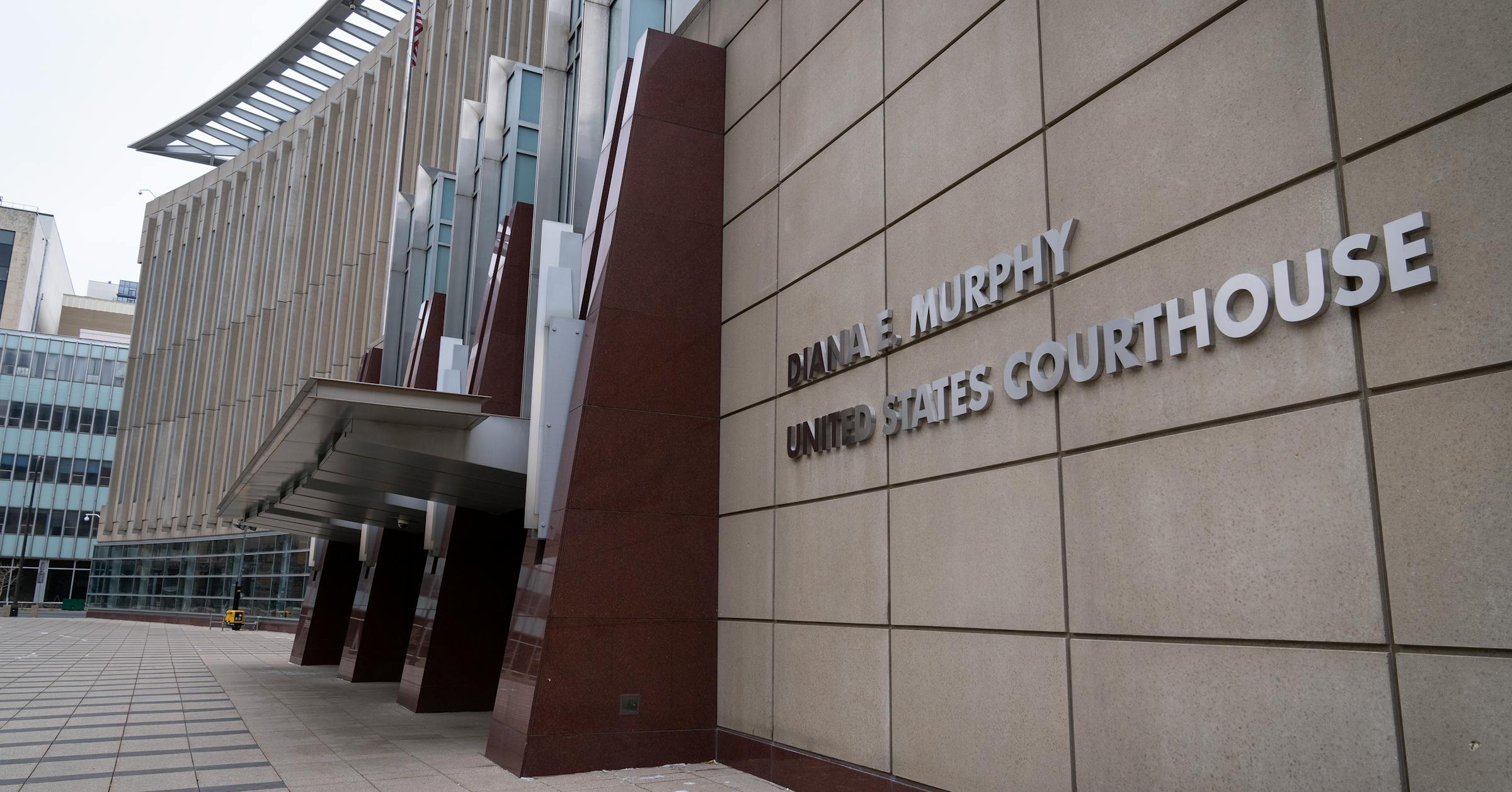By Christopher Furlong,Matilde Perego
Copyright cityam

UK universities are facing mounting funding crisis that is affecting the country’s wider economy – with regions like Wales and the North East more at risk.
According to new analysis from Oxford Economics, universities added £80bn in gross value added (GVA) to the economy and supported 1.2m jobs in 2024, including staff directly employed by universities, supply chain spending, wage spending, and international students’ subsistence spending.
However, this contribution is under strain from frozen domestic tuition fees, a £5.3bn research funding deficit, and increasing restrictions on international students.
Universities plug the gap
Universities have long plugged the gap left by capped domestic student fees – which have fallen by more than a third since 2012 due to inflation – by expanding their offering for international students, who pay up to £38,000 a year compared to £9,250 for domestic undergraduates. That model is now faltering. International enrolments fell 17 per cent in 2024 amid stricter visa rules and political pressure to reduce migration.
In May, the government published the “Restoring Control over the Immigration system” white paper, proposing a six per cent surcharge on overseas tuition fees, a move the Higher Education Policy Institute warns could cost English universities more than £600m annually if it goes ahead.
Economist David Schmutz, who led the Oxford Economics study, said that while London and the South East receive the largest economic benefits from universities, their productive and diversified economies make them less reliant on the sector.
By contrast, in the North East and Wales, universities account for six per cent and 4.9 per cent of regional GVA respectively, well above the UK average of 3.5 per cent. These areas rely far more on international student spending and university wage flows – leaving them disproportionately vulnerable to any decline in the sector, Schmutz explained.
The sector is forecasting a third consecutive year of decline in financial performance, with more than four in ten institutions expecting a deficit this year.
Universities are making operational cutbacks to deal with growing financial pressures, and choices available to students are being reduced.
Research from Universities UK shows that nearly half of courses have been cancelled and around one in five departments shut over the past three years, based on responses from 60 member universities. Some institutions are pursuing structural changes to survive, such as the planned merger of Kent and Greenwich into a ‘super university’.
University funding priorities
Shifts in government funding priorities are intensifying the financial strain.
Earlier this year, the Department for Education announced a £108m cut to the 2025-26 Strategic Priorities Grant (SPG) – money that subsidises high-cost courses requiring expensive equipment or facilities.
University funding is being redirected away from subjects like media studies, journalism, publishing, and information services courses, towards medicine, science, technology and engineering, which are considered to be essential for the delivery of industrial growth strategy sectors.
The National Council for the Training of Journalists chief executive, Joanne Forbes, said that cuts to journalism courses – which had previously benefitted from high-cost subject grants – “risk undermining access, quality, and opportunity” in journalism education at a time when trusted reporting is more important than ever.
But cuts to SPG funding are also creating a demand-and-supply problem. Universities UK analysis found that while more than half of student applications were for high-cost courses, these accounted for just 47 per cent of enrolments last year.
Even with tuition fees rising slightly to £9,535 in the coming academic year, the increase will still fail to cover the cost of most courses, leaving universities having to cover the difference.



